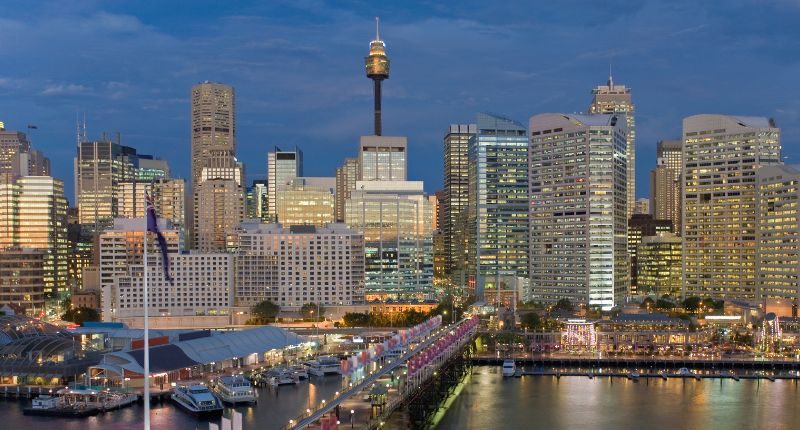
- Adelaide recorded an increase in occupancy from 64% to 71%
- Melbourne's remains relatively low at 39%, but is steady
- The cities tend to have days with significantly higher occupancy than others
Despite the latest wave of Omicron and flu infections, office occupancy numbers have held their ground, according to the latest data from the Property Council of Australia’s latest survey.
The Office Occupancy Survey noted that Adelaide enjoyed the largest rise, with occupancy increasing from 64% to 71%, with Brisbane recording an increase from 53% to 57% and Canberra from 61% to 64%.
Occupancy held firm in the two largest cities, with Melbourne and Sydney both recording 1% increases to 39% and 53% respectively.
Perth, which has only experienced its first wave of Covid this year, recorded a decrease from 71% to 69%.
Office occupancies across the markets vary day-to-day as many workers adjust to a hybrid model.
A peak day in Adelaide would see an 83% occupancy rate. By contrast, a low day would entail a 59% occupancy day.
Ken Morrison, Property Council Chief Executive, said that despite small increases across most major markets, the survey showed that the office market remains high overall.
“Despite the challenging environment, it’s very pleasing to see plenty of people returning to their workplaces, with occupancy on peak days reaching 83 per cent in Adelaide, 78 per cent in Canberra and Perth and 75 per cent in Brisbane, with Sydney peaks at 67 per cent and Melbourne at 51 per cent,” Mr Morrison said.
“In the previous survey for July we saw occupancy levels go backwards for the first time in six months, so to see the August figures hold steady or nudge slightly higher in most capitals, despite COVID and flu cases as well as industrial action in Sydney, is a solid outcome.
Ken Morrison, Property Council Chief Executive

“While the results are still a way off the previous recovery high points seen around May 2021, they show the resilience of CBD office markets, with occupancy levels remaining stable throughout a challenging period.
“It’s fair to say Melbourne’s occupancy at 39 per cent remains a concern, but you would hope that starts to lift again as the months get warmer and the omicron wave recedes,” he said.
More leased space
Despite the stall in occupancy and the impact of the pandemic, companies have leased more space over the first six months of this year. Demand ahs grown by 0.5%.
Health concerns continue to impact the date, however not to the same extent as previously.
“People are the lifeblood of CBDs, and we don’t yet have enough of them back in our city centres to support our ecosystems of small businesses that call our CBDs home,” Mr Morrison said.
“With spring approaching and the Omicron wave having peaked, the recovery momentum towards a new normal should resume.”
Hub Australia’s Chief Property Officer, John Preece, noted that while some may consider the occupancy figures as “doom and gloom” suburban office occupancy is improving, especially with coworking sites.
“Daily commutes into the heart of the CBD are becoming increasingly unrealistic,” he said.
“In fact, I think we should stop comparing office occupancies to pre-pandemic levels once and for all. A combination of city congestion and Aussies moving outside the major capitals makes coming in every day seem almost unreasonable.
“That’s why property investors have set their sights on offices in the suburbs and the city-fringe.
“These low- to medium- density commercial HQs can provide the flexibility and accessibility that people seek, as well as top lifestyle amenities, community and good transport links.
“There are premium coworking spaces popping up all over the suburbs, from Richmond, Balaclava and Box Hill. That expansion is also starting to creep into regional Australia, including cities like Newcastle and Geelong.”







